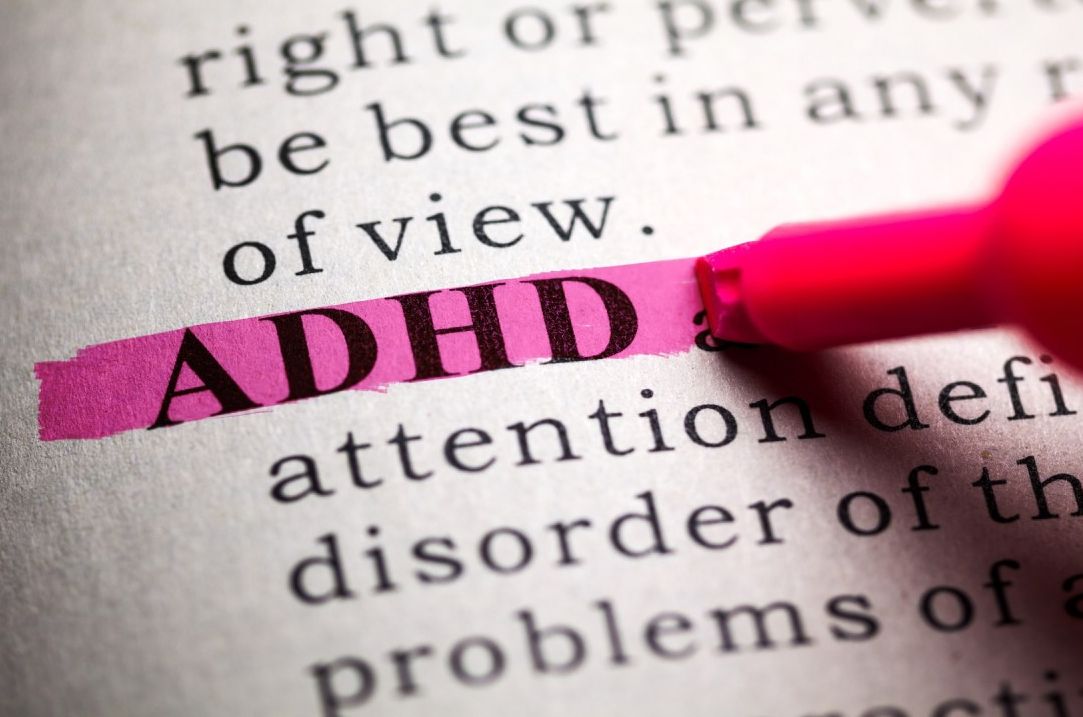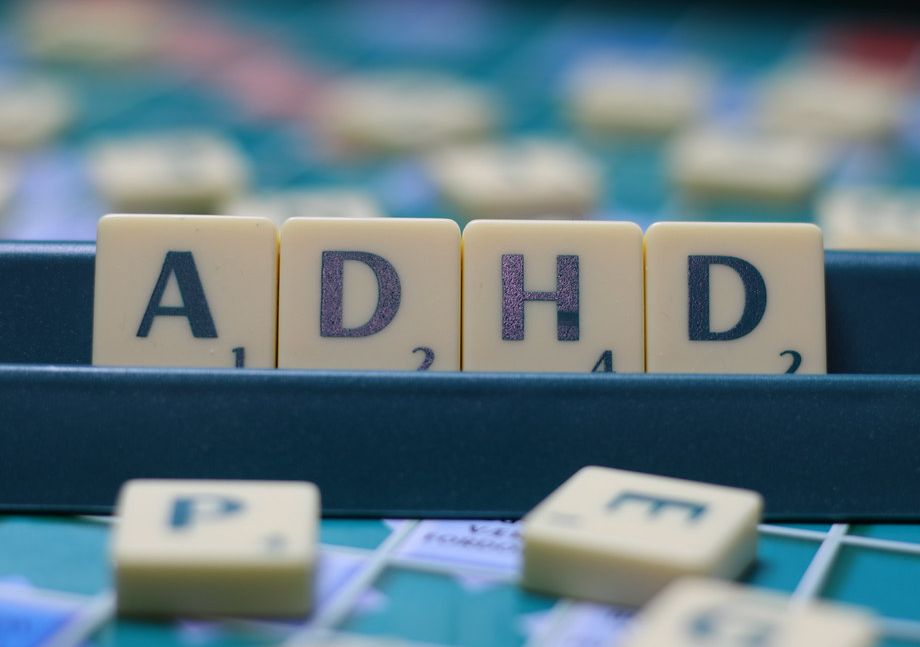
ADHD is a neurological disorder that leads to hyperactivity and lack of attention and interferes with the development of children – but also adults. The underlying causes of this condition have not been fully elucidated, but are thought to involve genetic, environmental, and biochemical factors. This disorder has become more frequent in recent years, and unfortunately in 2025, we do not record a reduced number of people with this disorder. What else is to know about hyperactivity – we will try to find out in this text.
ADHD Also Occurs In Adulthood

ADHD has become a serious topic in recent years. This disorder usually manifests in excessive vivacity, inattention – and a whole host of other symptoms that many do not associate with the disorder. That is – until a doctor diagnoses it. The knowledge about ADHD in children has been present for a very long time – but the fact that it continues into adulthood is known only in the last few decades.
People who suffer from this disorder in adulthood have certain characteristics, but also show symptoms of ADHD. That is why you can easily notice it in yourself or the people around you. In the years before, we thought hyperactive children were just that – hyperactive and lively individuals. Until ADHD was diagnosed as hyperactivity and attention deficit disorder – it was thought to be just a phase during childhood. However, it is now known that ADHD can continue into adulthood.
It Is More And More Common In Adults
Experts have long believed that children and adolescents outgrow their symptoms into adulthood, but recent research has shown that approximately 30 to 50 percent of children with ADHD continue to have symptoms of the disorder that greatly affect functioning in society, but and on the academic aspect of one’s life. An accurate diagnosis of ADHD in adults is challenging and requires attention. In adults, the symptoms are masked by relationship problems, mood disorders, drug abuse, and other mental problems. It is difficult to diagnose but is initially noticed due to the appearance of depression, anxiety, etc.

Why Is It Important To Diagnose It?
An accurate diagnosis can help adults see their problems and difficulties clearly and finally understand the symptoms they have been living with since they were little. Effective treatment can improve self-confidence, performing daily necessary activities, educational success, but also relationships with others.
This disorder is difficult and complex to diagnose – and it should be diagnosed only by experienced and qualified professionals. ADHD is first noticed in adults due to the appearance of depression, anxiety, or drug abuse. Others notice ADHD in themselves only when the disorder is diagnosed in their children. Despite the growing awareness that this disorder also exists in adults – many adults remain unidentified and untreated.
What After Diagnosis?
Although there is no cure for ADHD, many forms of treatment can very successfully help to suppress its symptoms. Most important among them is educating adults with ADHD and their families about the nature of the disorder itself. However, according to VAGA – the greatest progress in the symptoms of ADHD occurs as a result of treatment with nootropic drugs and counseling.
Some evidence shows that they are effective for the symptoms of ADHD – as well as other symptoms that follow it, such as anxiety and mood disorders. However, as there is no single test to diagnose ADHD – there isn’t just one treatment plan that would be appropriate for everyone. Treatment must be tailored for each individual and various areas should be considered.
Preventive Care
As the causes of ADHD are unknown, there is no way to prevent the disease. However, pregnant women can avoid risks, such as cigarette smoke and other known toxins. It is possible to maintain the disease with medication, behavioral therapy, and lifestyle changes.
What Is Recommended?
- Exercise regularly and intensely – and don’t sit for more than an hour.
- Spend time enjoying nature.
- Learn how a diet rich in omega-3 fats will help regulate ADHD.
- Sleep 7 to 9 hours every night.
- Learn new ways to relax and practice them every day.
- Try to communicate in person with friends and family every day.
- Learn more about ADHD by reading the relevant articles.
Treatments
● Psychosocial And Psychoeducational Treatment
Treatment is usually started with various psychological techniques. The so-called behavioral techniques first assess the behavior and environmental conditions that encourage these behaviors and advise changes in the environment that could lead to improvement. For people with ADHD, it is important to consistently apply agreed-upon procedures, known rules, and expectations that are clear and consistent.
● Drug Treatment
There is no specific cure for the difficulties of people with ADHD. Different types of drugs are used, most commonly, central nervous system stimulants – though this sounds like a paradox. Stimulants enhance the inhibitory effect of the prefrontal cortical region and thus reduce hyperactivity. Their efficiency is short-lived and temporary. It is important to note that a thorough evaluation is necessary before starting treatments with stimulants in order to weigh the risks and benefits. The short-term use of stimulants is normally safe and effective, but long-term use can cause tremors, insomnia, lack of appetite, and other side effects. However, the most significant benefit of using legal stimulants is that it increases brain function, which can temporarily improve alertness, increase activity level and awareness. In order to avoid low-quality ones, you should obtain legal stimulants from the trusted sources, such as Chemist Warehouse, ChemicalPlanet, The Vitamin Shoppe, among others. However, if you need them, your doctor will prescribe them for a short period of time.
● Alternative Forms Of Treatment
Concerns about possible negative and insufficiently researched side effects of drugs, as well as the ineffectiveness of drugs in patients – led to some more attempts at treatment, such as a change in diet. Even though there are various alternative methods of treating ADHD – there are no controlled clinical trials to confirm their effectiveness. However, one of the popular is the Feingold diet, which excludes salicylates, additives, and artificial colors.
The Bottom Line

The most successful is a combination of different treatments, the so-called multimodal approach, which “covers” all important areas of the person’s life (family, school, job, peer society). Good cooperation between different professionals is necessary during diagnosis and treatment. It has been proven that there are significant individual differences when it comes to the intensity and combination of individual symptoms of ADHD and additional difficulties.
Staying in a positive and understanding environment that accepts diversity reduces the social pressure on a person with ADHD. It also enables the encouragement of creative potentials, increases success, and the development of a positive self-image. People with ADHD can turn their difficulties into advantages = which is certainly due to the right choice of treatment aimed at the person and not the disorder.
















